News
-
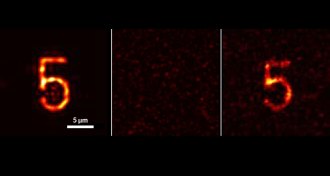 Physics
PhysicsRaw chicken, ingenuity make a time-reversal mirror
A new phase-conjugation mirror sends light waves back where they came from, allowing physicists to reconstruct images even if the original light was severely scrambled.
By Andrew Grant -
 Health & Medicine
Health & MedicineStudy finds benefits from lowering blood pressure, but questions remain
Preliminary results from NIH clinical trial suggest that lower blood pressure is better, but scientists have not yet published the data and open questions remain.
By Meghan Rosen -
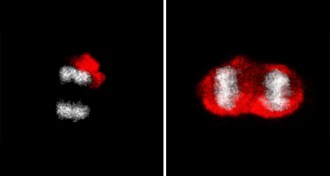 Life
LifeOld stem cell barriers fade away
Barrier that keeps aging factors out of stem cells breaks down with age.
-
 Science & Society
Science & SocietyRocky families, not same-sex parents, blamed for kids’ troubles in adulthood
Range of adult problems linked to childhood family changes, not gay parents.
By Bruce Bower -
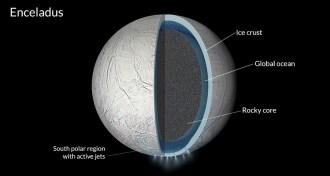 Planetary Science
Planetary ScienceEnceladus’ ocean goes global
A subsurface liquid water ocean envelops Saturn’s icy moon Enceladus.
-
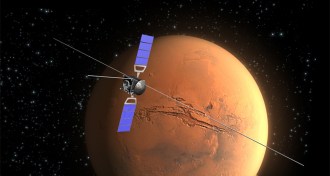 Planetary Science
Planetary ScienceMars’ ionosphere mystery explained
A decades-old disagreement between the Viking landers and spacecraft buzzing around Mars might come down to what time of day each was investigating the Red Planet’s ionosphere.
-

-
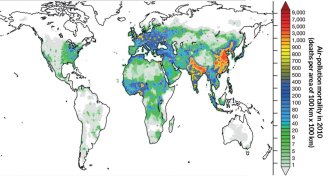 Environment
EnvironmentHome fires, farm fumes are leading causes of air-pollution deaths
Deadly air pollution comes from surprising sources, but toxicity of different types is still up in the air.
By Beth Mole -
 Animals
AnimalsDogs flub problem-solving test
Confronting a tough task, dogs are more likely than wolves to give up and gaze at a human
By Susan Milius -
 Science & Society
Science & SocietyShort memory can be good strategy
Game theory reveals that there’s a limit to the effectiveness of relying on prior results to predict competitors’ behavior.
By Andrew Grant -
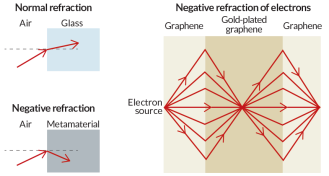 Materials Science
Materials ScienceElectron waves refract negatively
Waves of electrons have been bent backward in a sheet of graphene, allowing physicists to focus electrons the way a lens focuses light.
By Andrew Grant -
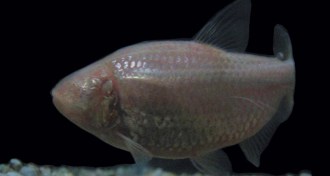 Animals
AnimalsLoss of vision meant energy savings for cavefish
Novel measurement feeds idea that tight energy budgets favored vision loss in cavefish.
By Susan Milius